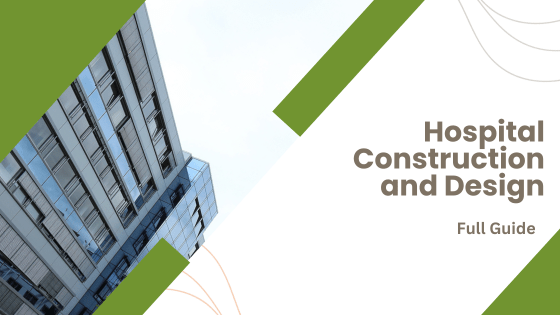Hospital Construction Guidelines for Your Healthcare Project
Hospital construction is a critical aspect of healthcare infrastructure development. The construction of hospitals stands as a cornerstone in healthcare infrastructure, and its significance is crucial for proper functioning and servicing. Hospitals are the sanctuaries where lives are saved, ailments are healed, and communities find solace in times of distress. The process of planning, designing, and building these healthcare sanctuaries is an intricate and purpose-driven endeavor that requires meticulous attention to detail and a profound understanding of the healthcare landscape.
Let us guide you on a journey through the world of medical construction, delving into the guidelines and regulations that govern their creation, exploring the services involved in bringing these institutions to life, and taking a closer look at the vibrant landscape of medical construction in specific regions, such as the dynamic field in New Jersey.
Table of Contents
Guidelines for Design and Construction of Hospitals
Designing and constructing hospitals is a complex undertaking with far-reaching implications for patient care and safety. The essential guidelines that govern the planning, design, and construction of healthcare facilities, ensure they meet the highest standards of functionality, safety, and patient well-being.
1. Obtain Regulatory Compliance
Hospital construction must adhere to local, state, and federal regulations. Regulatory compliance in hospitals is an intricate and non-negotiable aspect of designing and building healthcare facilities. It encompasses adherence to a web of local, state, and federal regulations, as well as industry-specific guidelines. These regulations ensure that hospitals meet stringent standards for safety, patient care, and environmental impact.
Local and state regulations typically govern zoning, land use, and construction codes. Compliance with these ensures that the hospital is appropriately located, constructed, and operates within the legal framework of its jurisdiction.
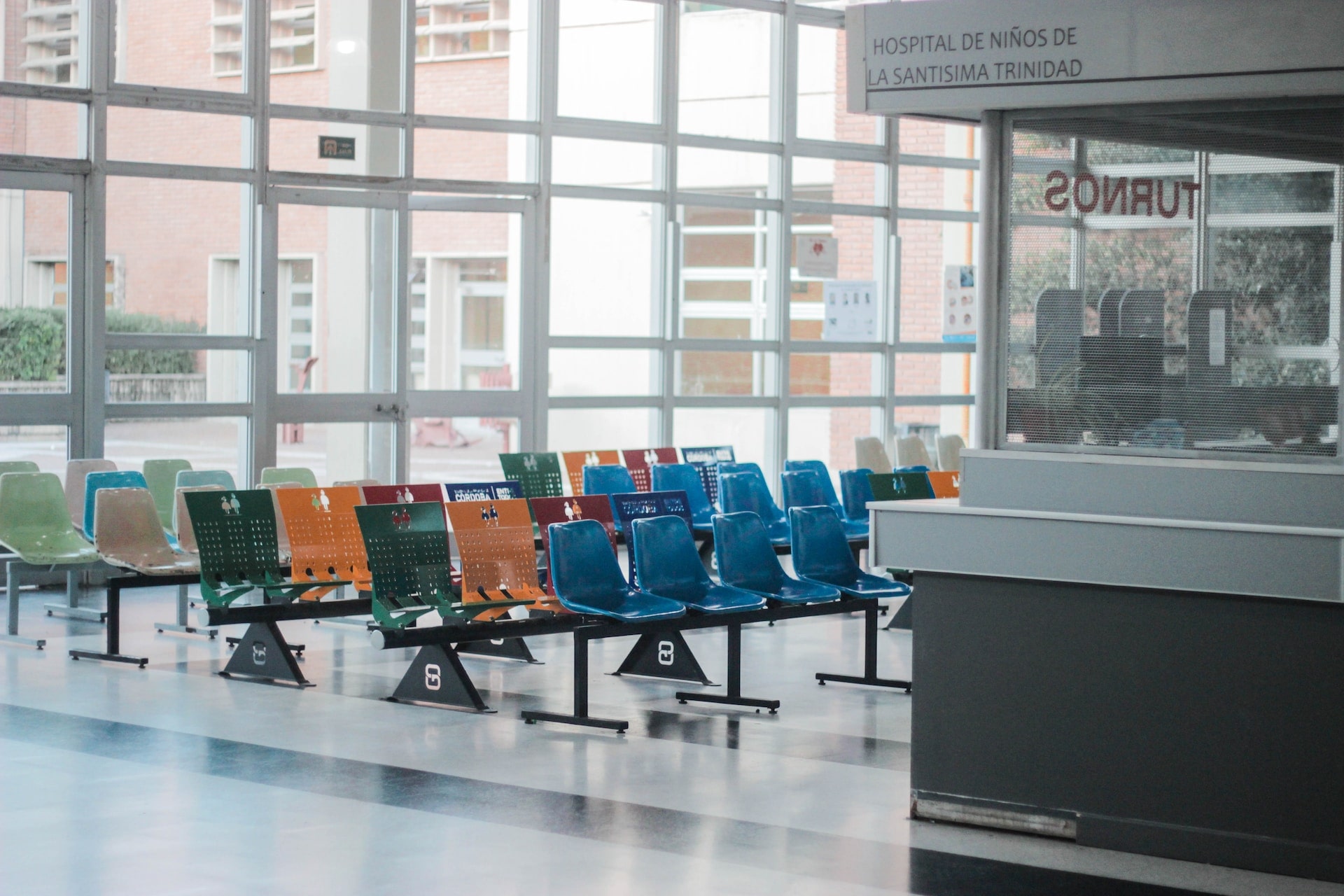
Federal regulations are equally critical and include guidelines from agencies such as the Centers for Medicare & Medicaid Services (CMS) and the Occupational Safety and Health Administration (OSHA). CMS, for instance, sets standards for hospital facilities receiving Medicare and Medicaid funds, covering everything from building design to patient privacy.
Industry-specific organizations like the American Institute of Architects (AIA) and the American Hospital Association (AHA) provide best practices and guidelines for healthcare facility design, ensuring that hospitals are not just legal but also optimized for patient care and safety.
2. Devise Functional Hospital Layout
Hospitals require a functional layout that optimizes patient care, minimizes travel distances, and promotes efficient workflows. Essential areas include patient rooms, surgical suites, diagnostic labs, and administrative spaces. Modern medical office design will enable all of this.
The importance of a functional layout in the design and construction of hospitals is a fundamental element that directly impacts the quality of patient care, operational efficiency, and overall effectiveness of the healthcare facility.
A well-designed hospital layout minimizes patient travel distances within the hospital, reducing the stress on patients, visitors, and staff. It ensures that essential areas, such as patient rooms, operating theaters, and diagnostic labs, are strategically located for easy access, facilitating prompt medical interventions.
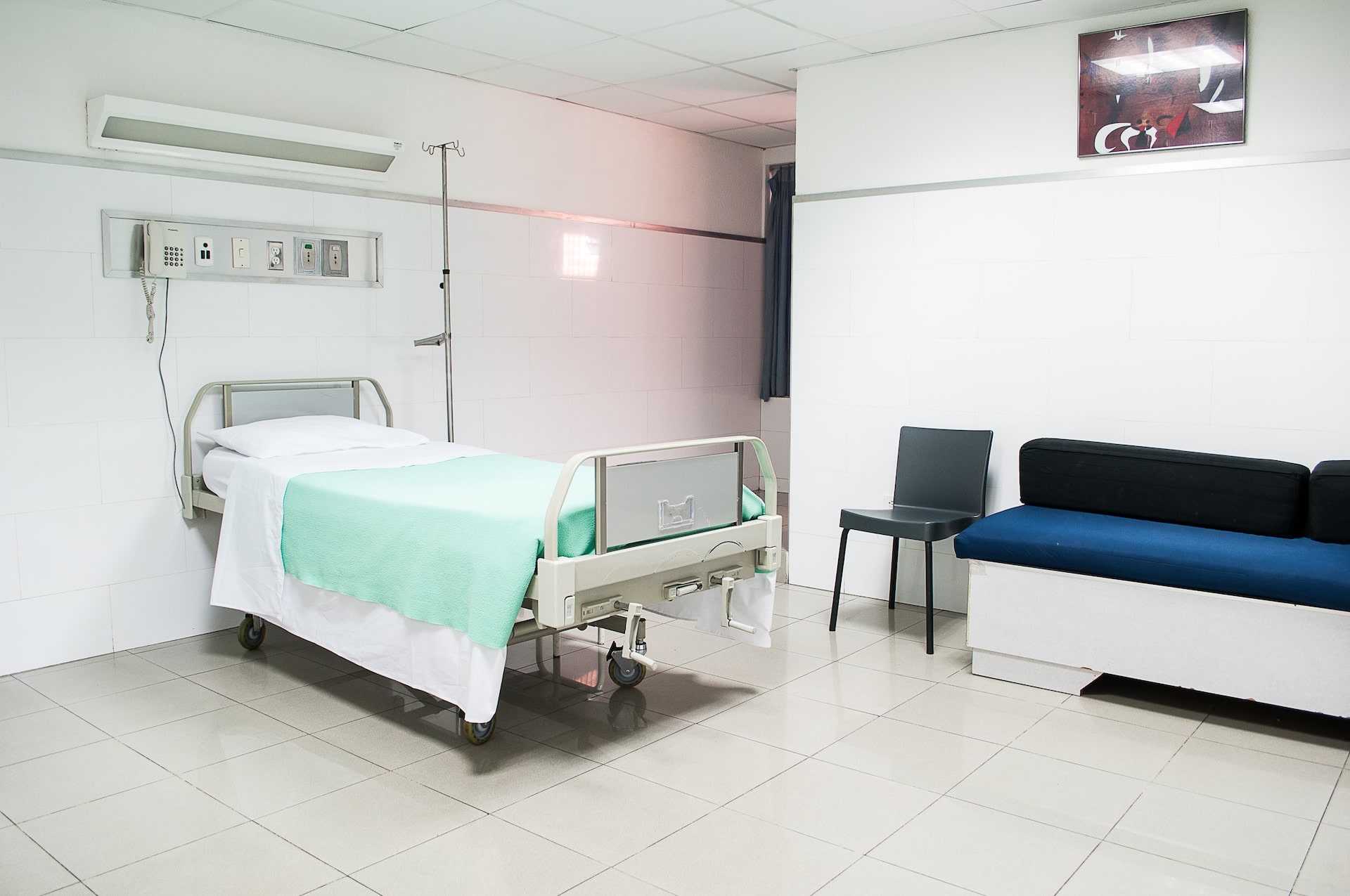
A functional layout streamlines workflows, enhancing communication and collaboration among healthcare professionals. This efficiency is critical during emergencies or when time-sensitive procedures are required. An intelligently designed layout respects patient privacy by ensuring that areas like consultation rooms, restrooms, and recovery areas are strategically placed to preserve patient dignity and confidentiality.
Properly designed hospital layouts also help prevent the spread of infections. Elements like isolation rooms, handwashing stations, and well-ventilated spaces are integrated to minimize the risk of healthcare-associated infections. A functional layout considers future expansion needs, allowing hospitals to adapt and grow without compromising patient care or disrupting operations.
3. Take Infections Under Control
Infection control is crucial in hospital design. Proper ventilation, handwashing stations, and room layouts that reduce the risk of cross-contamination are essential to prevent healthcare-associated infections.
Hospitals are very susceptible to the spread of infections due to the presence of sick individuals and various medical procedures. To mitigate this risk, there are some infection control measures must be integrated into construction and design:
- Hospitals must employ advanced HVAC systems with proper filtration to prevent airborne transmission of pathogens. Negative-pressure isolation rooms should be available for contagious patients.
- It is strongly recommended to select antimicrobial and non-porous materials for surfaces, especially in patient rooms, to facilitate easy cleaning and disinfection.
- Install handwashing stations at key locations, emphasizing their importance in infection prevention. Adequate space for hand hygiene supplies and sanitizers is crucial.
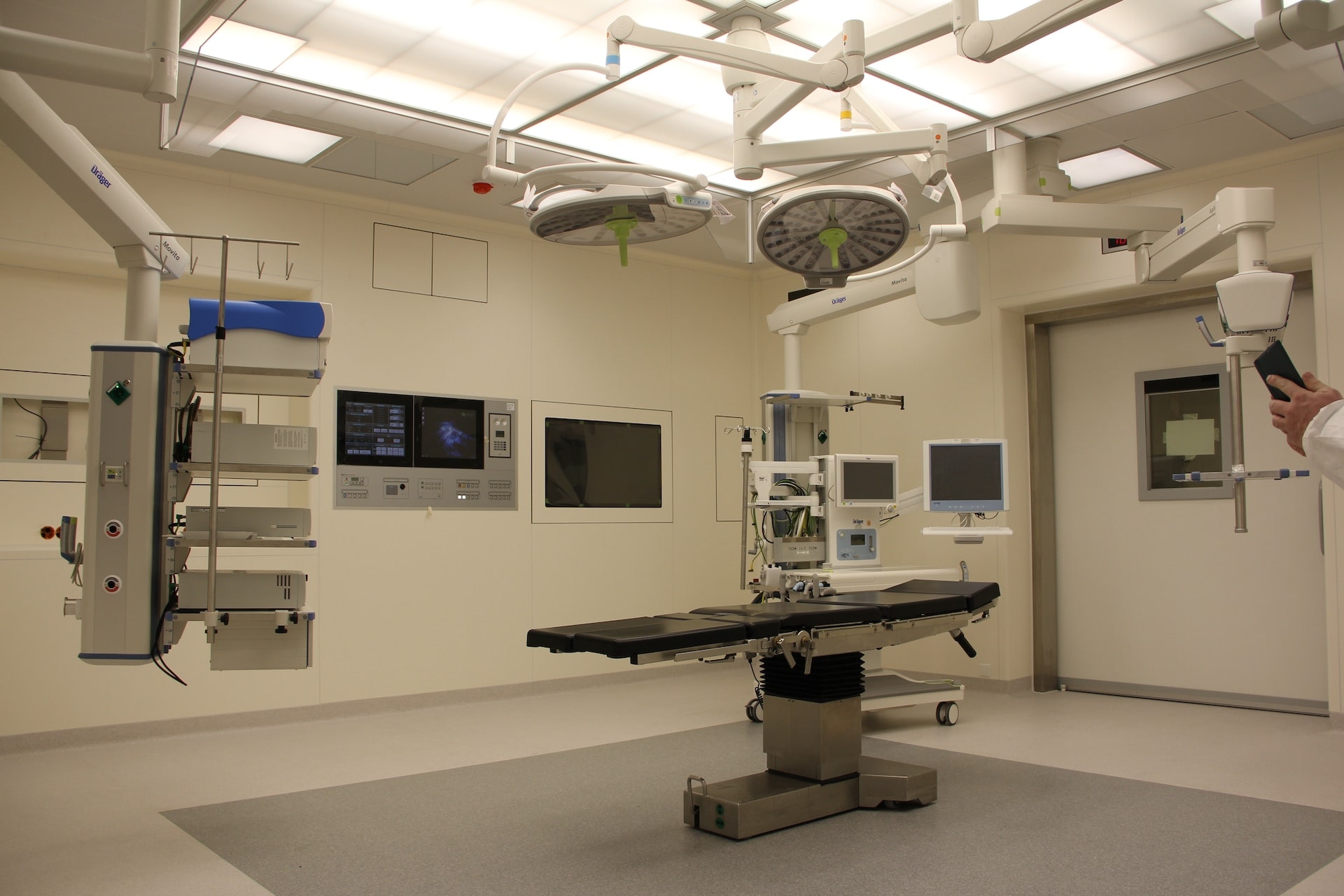
- Design patient rooms with infection control in mind, ensuring that they are easy to clean and equipped with hand hygiene stations. Isolation rooms with dedicated anterooms should be available.
- Implement proper waste disposal systems, including separate bins for biohazardous waste, to prevent cross-contamination.
- Prioritize staff education on infection control practices, including hand hygiene, the proper use of personal protective equipment (PPE), and isolation precautions.
- Set clear visitor guidelines during outbreaks, limiting visitation if necessary and enforcing strict adherence to infection control measures.
- Incorporate touchless technology and telemedicine options to reduce physical contact and streamline infection control efforts.
4. Enable Accessibility to Everyone
Hospitals must be accessible to people with disabilities, complying with the Americans with Disabilities Act (ADA). This includes wheelchair ramps, accessible restrooms, and appropriate signage. Accessibility ensures that healthcare facilities are inclusive, accommodating, and equitable for all individuals, regardless of physical or cognitive abilities.
Hospitals serve a diverse patient population, many of whom may have mobility challenges, visual or hearing impairments, or other disabilities. An accessible design ensures that everyone, including patients, visitors, and staff, can navigate the facility independently and comfortably. Legal requirements, such as the Americans with Disabilities Act (ADA) in the United States, mandate that healthcare facilities must be accessible. Non-compliance can result in legal consequences and hinder the hospital’s ability to receive federal funding.
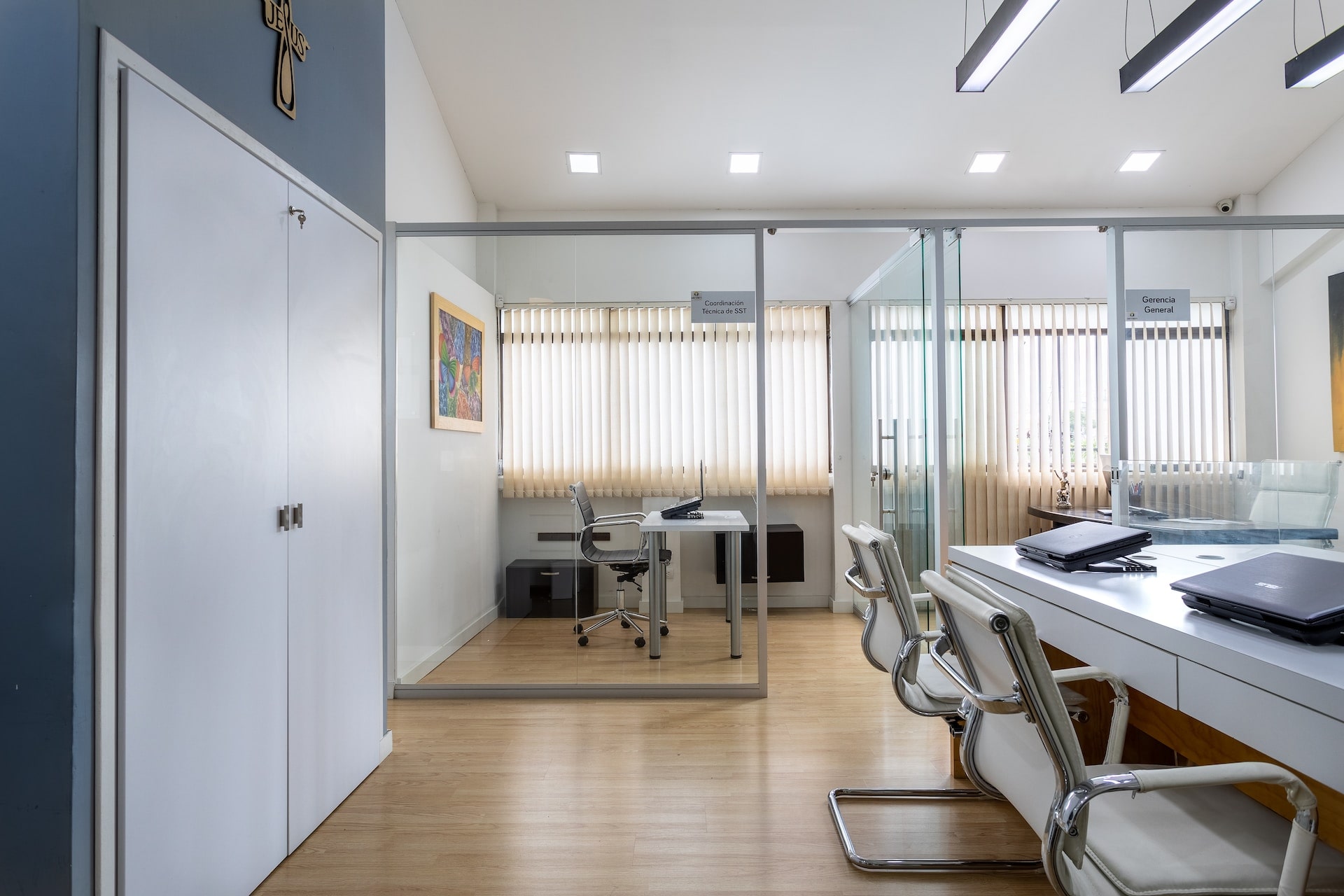
Accessible design enhances patient care by enabling healthcare providers to deliver services more efficiently. It allows for the easy movement of medical equipment, wheelchairs, and gurneys, facilitating timely interventions. Accessible hospitals prioritize safety, reducing the risk of accidents or injuries. Features like ramps, handrails, and non-slip surfaces contribute to a safer environment.
Hospitals that prioritize accessibility earn a positive reputation in the community. This can attract more patients and visitors, which is crucial for the hospital’s success. As the population ages, the demand for accessible healthcare facilities will increase. Hospitals that incorporate accessibility features into their design are better prepared for the changing healthcare landscape.
5. Make Your Construction Sustainable
Sustainability in the design and construction of hospitals is vital for several reasons. Hospitals are resource-intensive facilities that consume significant amounts of energy and water. Sustainable design practices reduce their environmental impact, conserving resources and minimizing greenhouse gas emissions. Hospitals with higher levels of sustainability often have lower operational costs, allowing more resources to be directed towards patient care.
Sustainable features like natural lighting and healing gardens in medical office construction can also improve patient outcomes and well-being. Finally, as responsible community members, hospitals play a role in promoting sustainable practices, setting an example for the healthcare sector and the broader community, and contributing to a healthier and more environmentally responsible future.
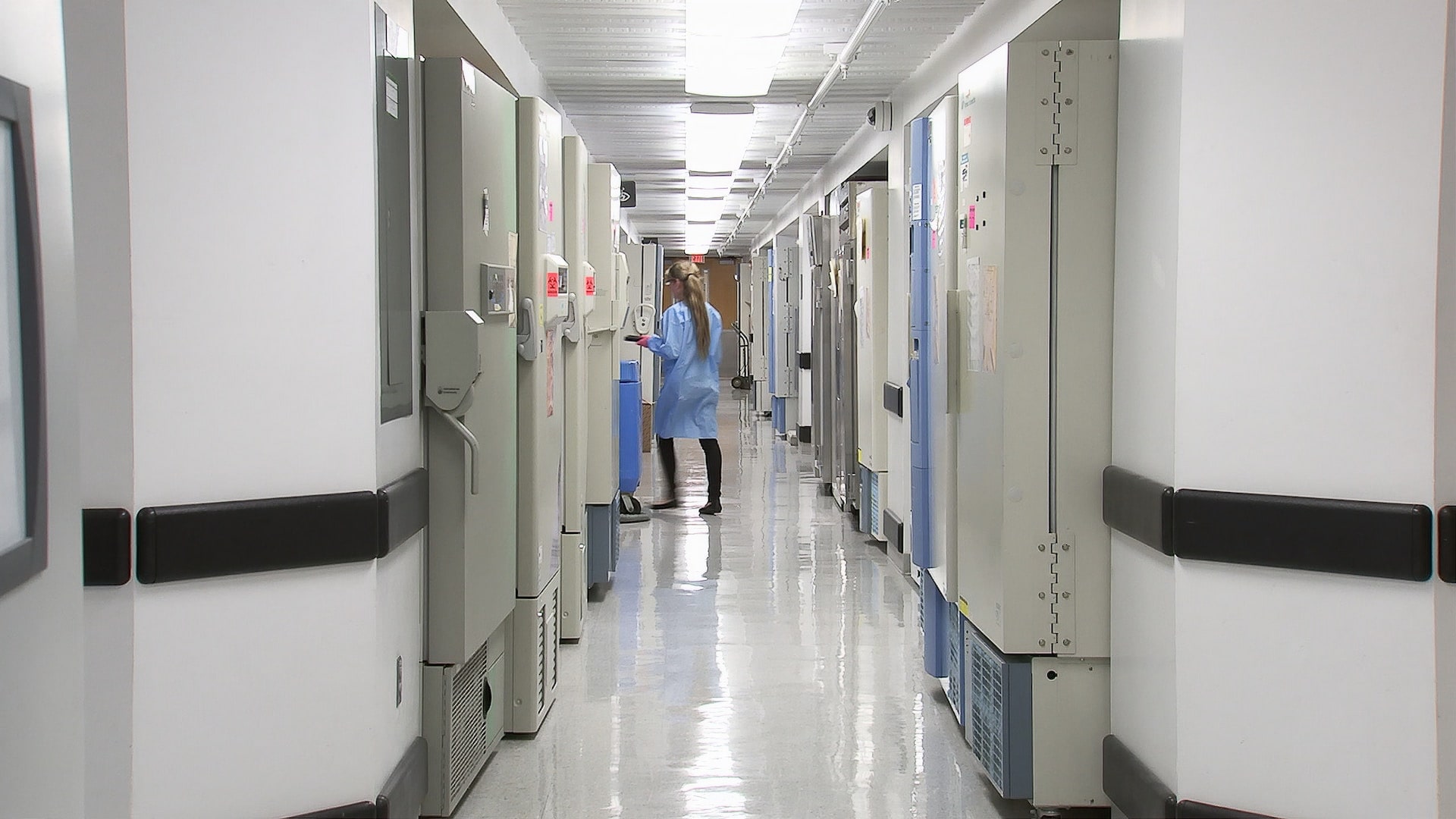
6. Embrace Technology Integration
Hospital construction companies should be able to equip hospitals with the latest medical technology, including advanced diagnostic and treatment equipment, electronic health record systems, and telemedicine capabilities. Technology integration is crucial in the design and construction of hospitals to enhance patient care, streamline operations, and improve overall efficiency. Integrated healthcare technology systems enable seamless communication among healthcare providers, faster access to patient data, and efficient management of medical equipment.
Electronic health records, telemedicine capabilities, and state-of-the-art diagnostic and treatment equipment are all essential components of modern healthcare facilities. Well-planned technology integration not only enhances patient outcomes but also reduces errors, improves staff productivity, and positions hospitals to adapt to future advancements in medical technology. It is a cornerstone of delivering high-quality, patient-centered care and maintaining the competitiveness of healthcare institutions.
Hospital Construction Services
The backbone of creating state-of-the-art healthcare facilities, these specialized services encompass everything from initial project planning and architectural design to construction management and technology integration. They play a critical role in building the hospitals of tomorrow. Take all of these services into account when planning medical office build out costs.
Pre-Construction Planning
This phase involves initial site assessments, feasibility studies, and budgeting. Architects, engineers, and project managers collaborate to plan the project’s scope, timeline, and budget. Pre-construction planning lays the foundation for a successful project. This phase identifies potential challenges, establishes realistic timelines, and sets project goals.
Pre-construction planning helps avoid costly delays and budget overruns by addressing issues before construction begins. It ensures that all parties are aligned on project objectives, reducing the likelihood of disputes and rework during construction. Ultimately, thorough pre-construction planning is instrumental in delivering a hospital facility that meets healthcare needs, stays within budget, and is completed on time, benefiting patients and the healthcare institution.

Design and Architecture
Hospital design is a multifaceted process that considers functionality, aesthetics, and patient experience. Architects work closely with healthcare professionals to create a design that meets the hospital’s unique needs. Design and architecture services are pivotal in hospital construction as they shape the physical and functional aspects of the healthcare facility.
A well-designed hospital promotes efficient workflows, optimizes patient care, and creates a healing environment. Architects and designers collaborate with healthcare professionals to ensure the layout meets the unique needs of patients and staff while adhering to safety and regulatory standards. Aesthetically pleasing and patient-friendly designs can positively impact patient outcomes and satisfaction. In essence, design and architecture services are instrumental in creating hospitals that are not only structurally sound but also conducive to high-quality care, comfort, and well-being of all stakeholders.
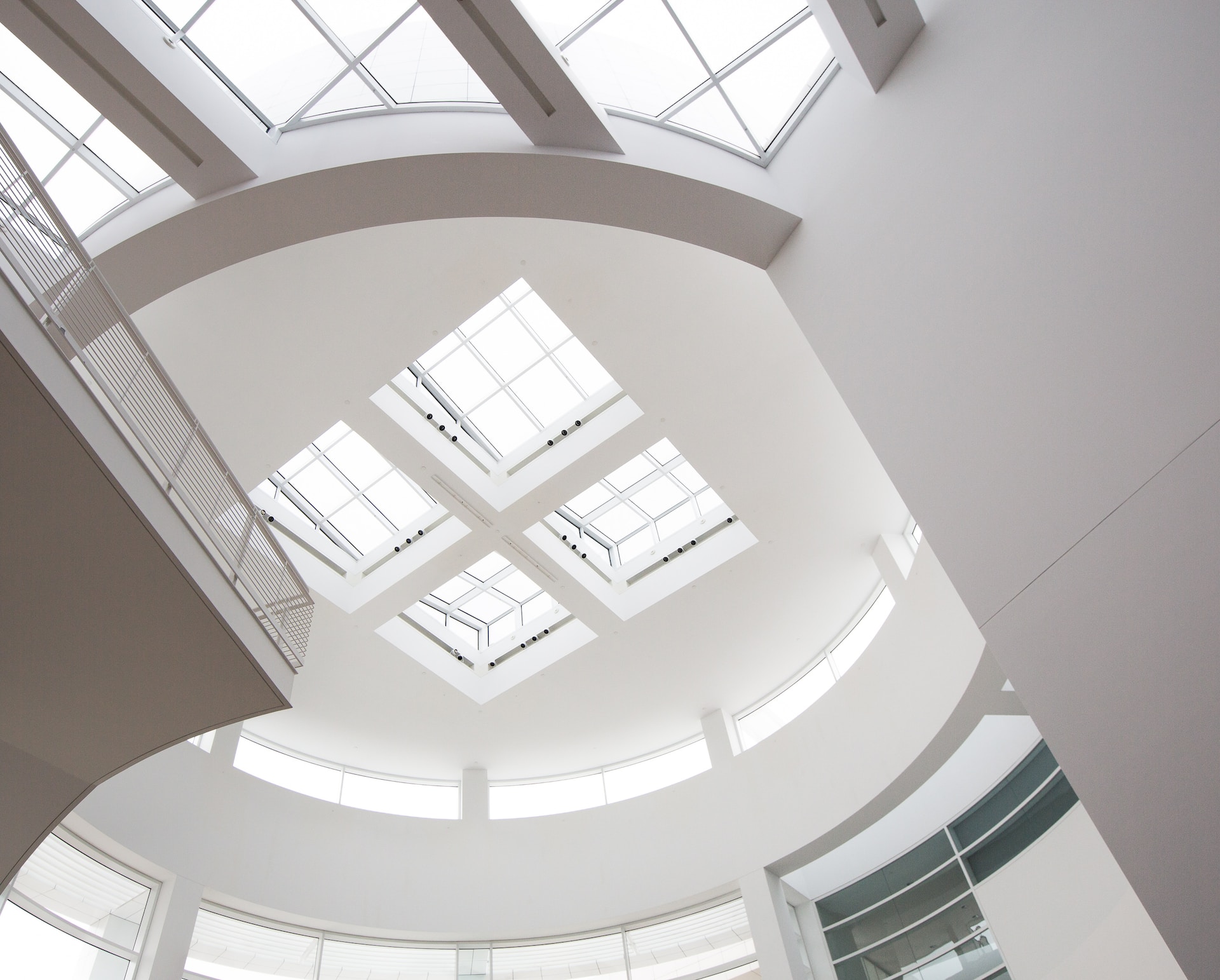
Construction Management
Construction management services oversee the entire construction process, ensuring that the project stays on track, within budget, and complies with all regulations. They also manage subcontractors, schedules, and quality control. Hospital facilities are complex, requiring coordinated efforts from various contractors and specialists.
Construction managers oversee all aspects of the project, managing subcontractors, schedules, and quality control. They ensure that the hospital is built to the highest safety and regulatory standards, reducing the risk of errors and delays. Effective construction management minimizes disruptions to ongoing hospital operations, facilitating a smooth transition to the new facility. Ultimately, it ensures that the hospital is not only structurally sound but also fully functional, serving its critical healthcare role effectively.

Compliance and Regulation
Construction companies must ensure that every aspect of the project complies with local building codes, healthcare regulations, and safety standards. These regulations encompass zoning, building codes, safety standards, and healthcare-specific requirements.
Adhering to these regulations is not only a legal imperative but also crucial for the safety of patients, healthcare workers, and the community. Compliance and regulation services provide the expertise needed to navigate this complex landscape, ensuring that the hospital is constructed in accordance with all relevant laws and standards, thus fostering a secure and effective healthcare environment.
Hospital Construction NJ with Deon Design Custom Builders
Ready to embark on your medical construction journey in New Jersey? Look no further than Deon Design Custom Builders, your trusted partner in healthcare construction and creating cutting-edge healthcare facilities. With a proven track record of excellence, our team of experts is committed to transforming your vision into reality. Have you seen our work in Englewood Hospital in Clifton NJ renovation project? We have many hospital construction projects.
Whether you’re planning a new hospital or renovating an existing one, our hospital construction firm specializes in every phase of healthcare construction. From meticulous planning and state-of-the-art architectural design to precise project management and seamless technology integration, we ensure that your healthcare facility meets the highest standards.
Don’t compromise on the quality of healthcare infrastructure your community deserves. Contact Deon Design Custom Builders today, and let’s collaborate to build a hospital that sets new benchmarks in patient care, safety, and innovation. Your healthcare project deserves the best, and we’re here to deliver it in the heart of New Jersey. Get in touch with us now to embark on a transformative journey in healthcare construction!
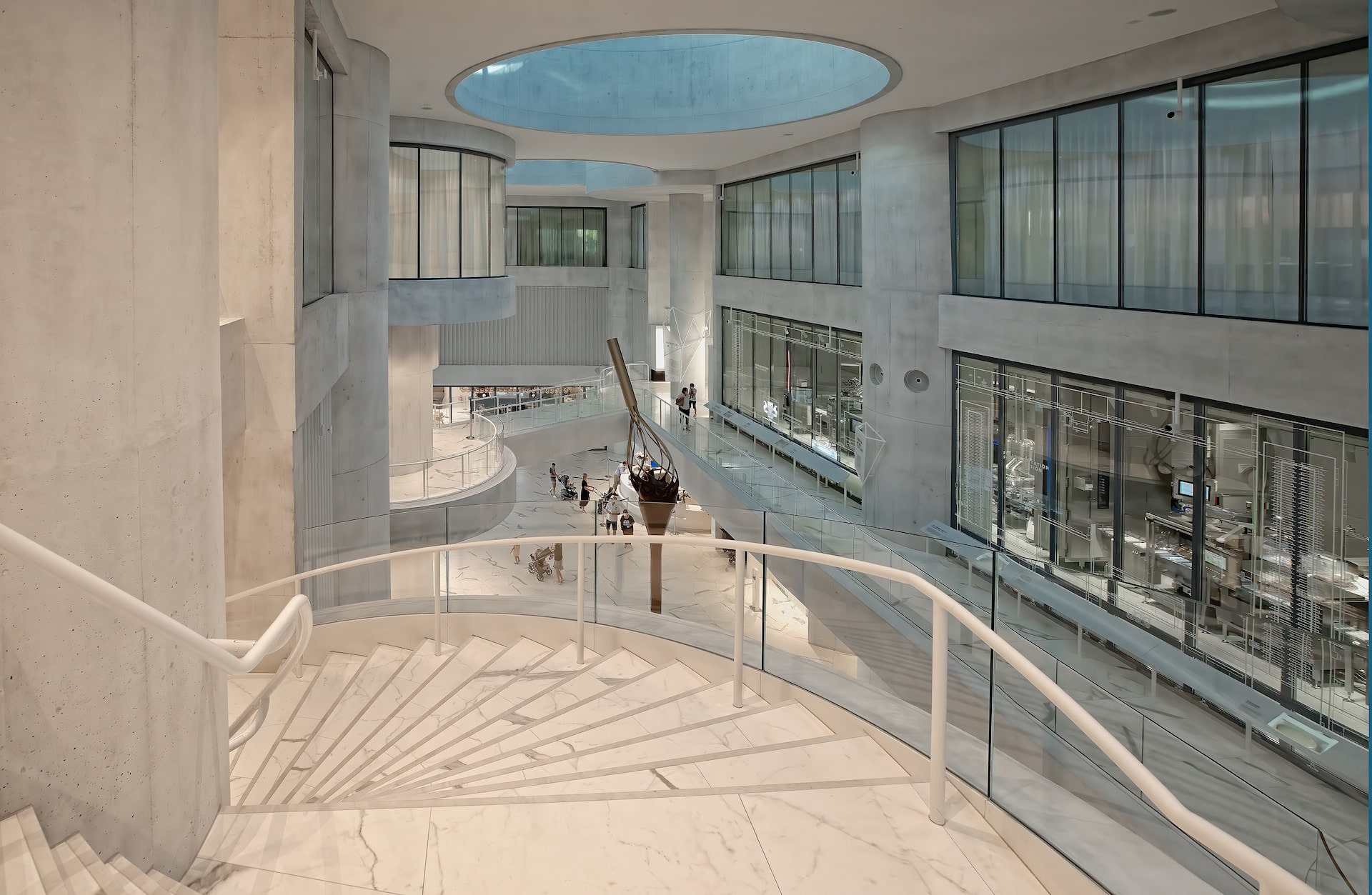
Conclusion
Hospital construction is a multifaceted endeavor that carries many implications for healthcare delivery and community well-being. The meticulous adherence to guidelines, regulations, and best practices is fundamental to creating healthcare facilities that are not only structurally sound but also capable of delivering high-quality care efficiently and safely.
Design considerations, including functionality, accessibility, sustainability, and technology integration, play crucial roles in shaping the hospital of the future. A functional layout enhances patient care and staff efficiency, accessibility ensures equitable access for all, sustainability reduces environmental impact and operational costs, and technology integration drives innovation and enhances patient outcomes.
Hospital and healthcare construction services, such as pre-construction planning, design and architecture, construction management, compliance, and regulation, are integral to the success of healthcare infrastructure projects.
Medical construction is not merely about bricks and mortar; it is about creating healing environments, safeguarding public health, and advancing the frontiers of medical care. As the healthcare landscape continues to evolve, hospital construction remains at the forefront, dedicated to shaping a healthier and more resilient future for all.

